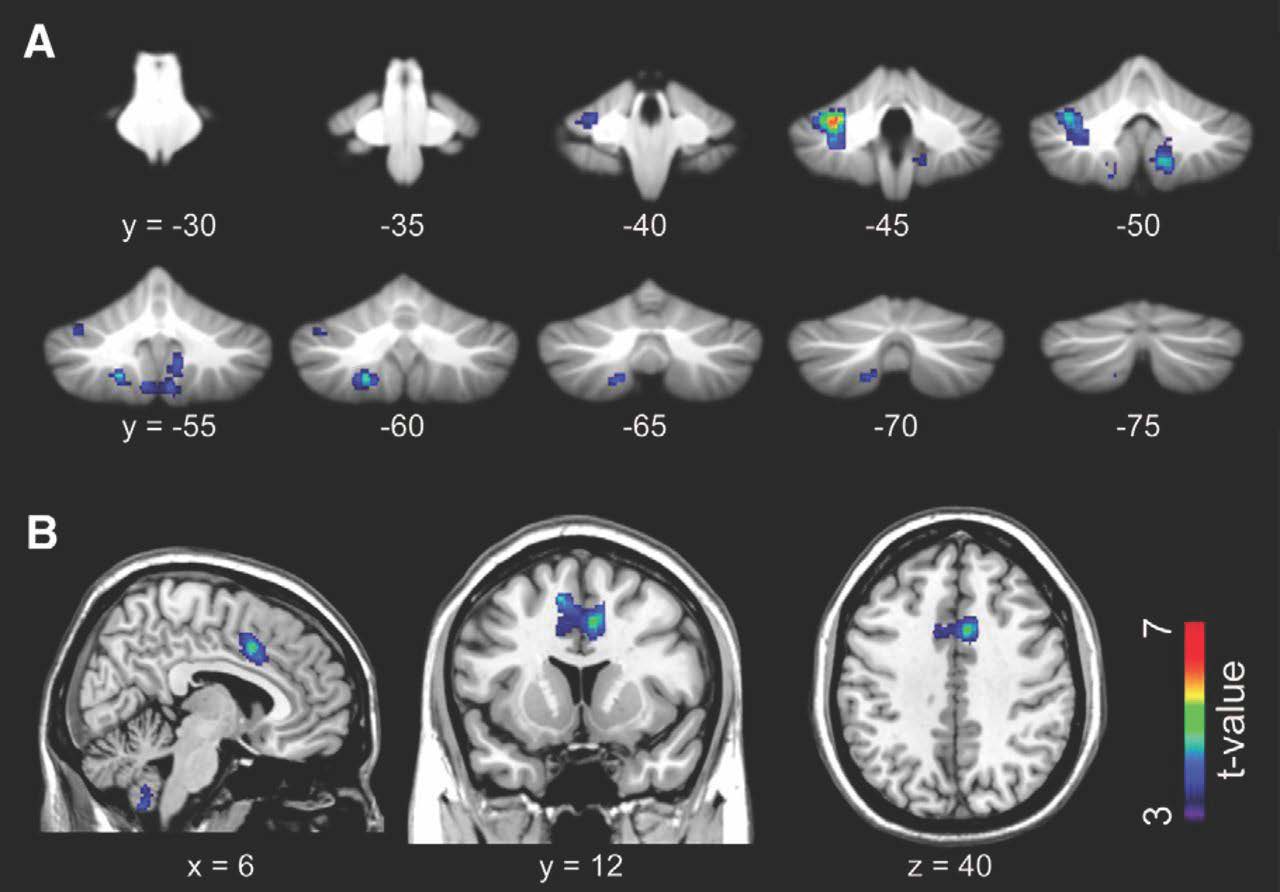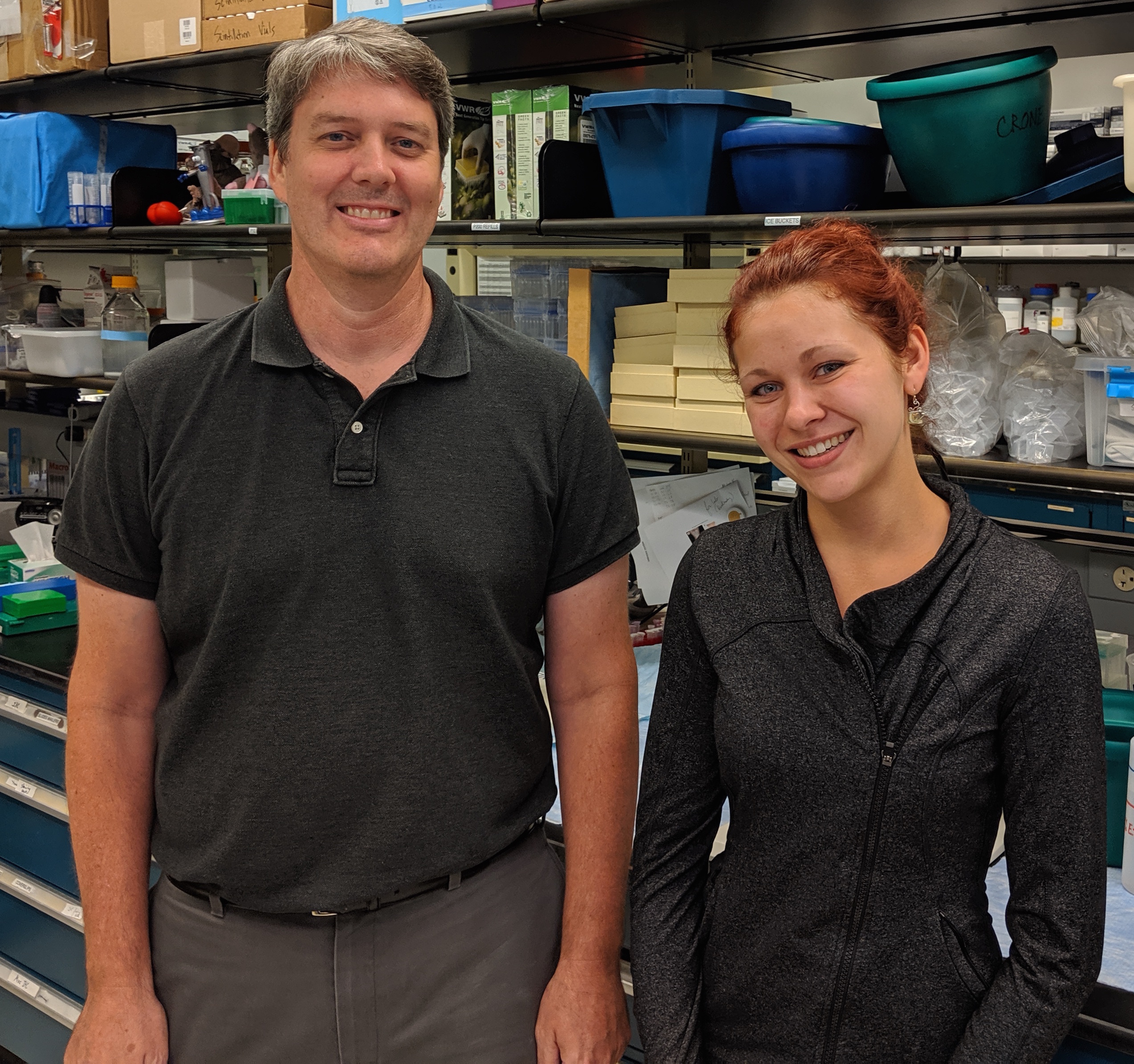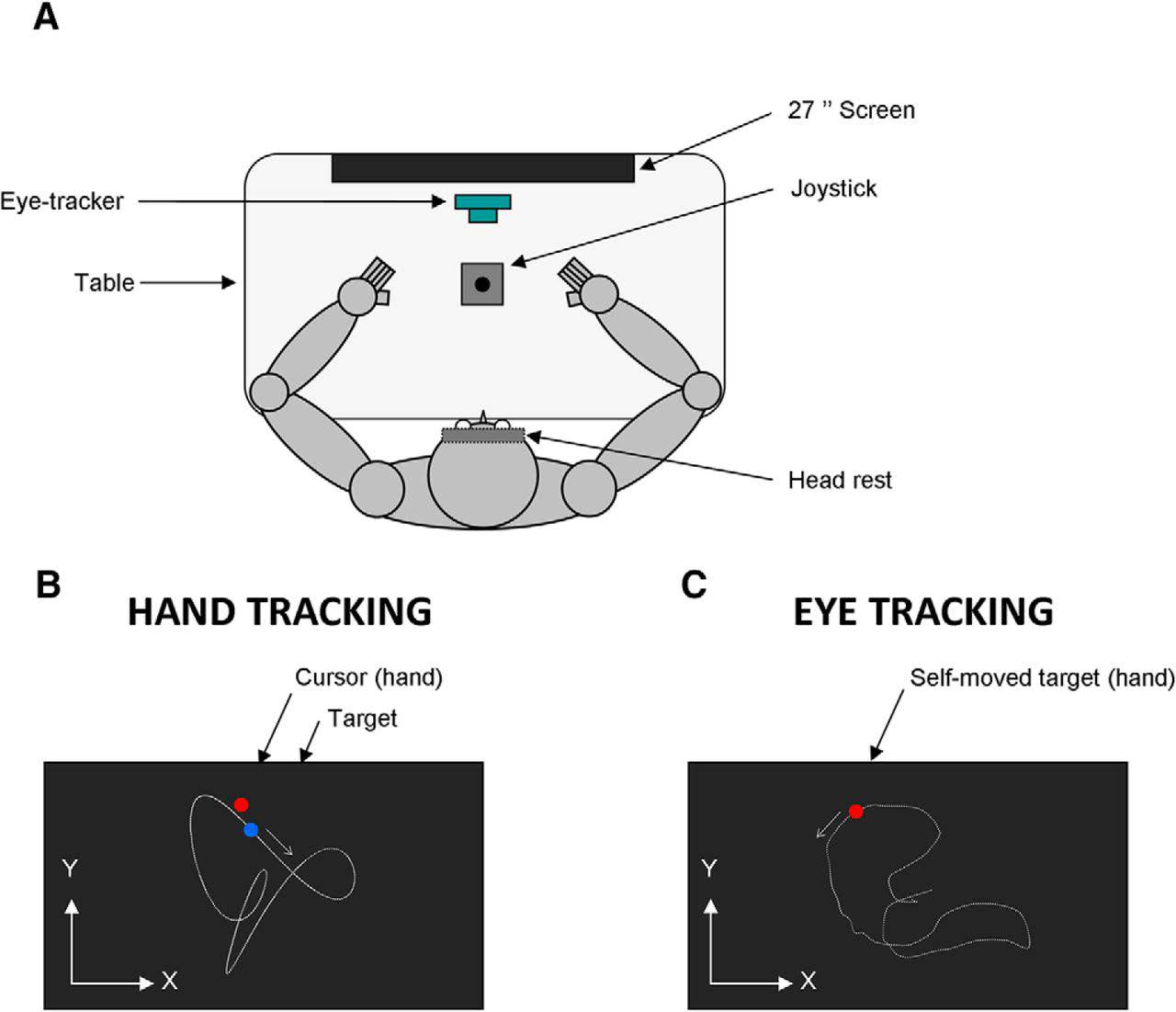Neuroscience Research
Authors suggest that blue light stimulation is ill-suited to long-term optogenetic experiments, especially those that measure transcription.
Authors show that real-time mutual interaction during eye contact is mediated by the cerebellum and limbic mirror system.
This research offers an important contribution to the knowledge of molecular mechanism of worm learning and sensory integration that may be applicable to learning in many organisms.
PhD Candidate Victoria Jensen and Dr. Steven Crone tell the story behind their eNeuro paper that showed that glutamatergic V2a neurons participate in a circuit that serves to constrain the activity of accessory respiratory muscles so that they are active only when needed.
See the most shared articles of July/August 2019; Volume 6,Issue 4
Authors show that key features of the microglial activation pattern observed after status epilepticus may not be related to the epileptogenic process.
Authors show interneuron defects in a new mouse model of premature birth that combines prenatal inflammatory and postnatal hypoxic insults.
Authors show that although handedness impacts the accuracy of hand movement control, it has virtually no influence on the ability to predict the visual consequences of hand movements.
Dr. Emanuela De Falco tells the story about her co-first author eNeuro paper that describes distinct neural activity states that occur in the medial prefrontal cortex while rats perform an odor span task of working memory capacity.
Authors show that one olfactory cortical structure, the olfactory tubercle, is unique among olfactory cortices in that it lacks feedback projections to the olfactory bulb.
FOLLOW US
TAGS
CATEGORIES






![Emanuela De Falco, PhD, Postdoctoral Fellow, Indiana University-Purdue University Indianapolis [IUPUI], Indianapolis, IN.](https://blog.eneuro.org/-/media/Project/eNeuroBlog/Beyond-the-Paper-Pics/Emanuela-De-Falco-photo.jpg)
 RSS Feed
RSS Feed




